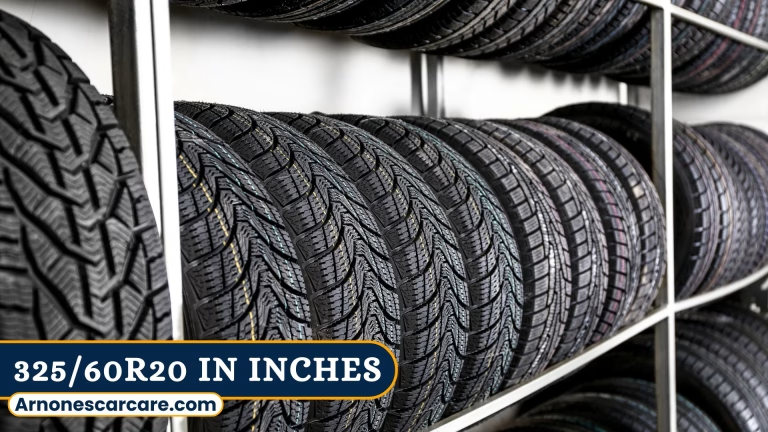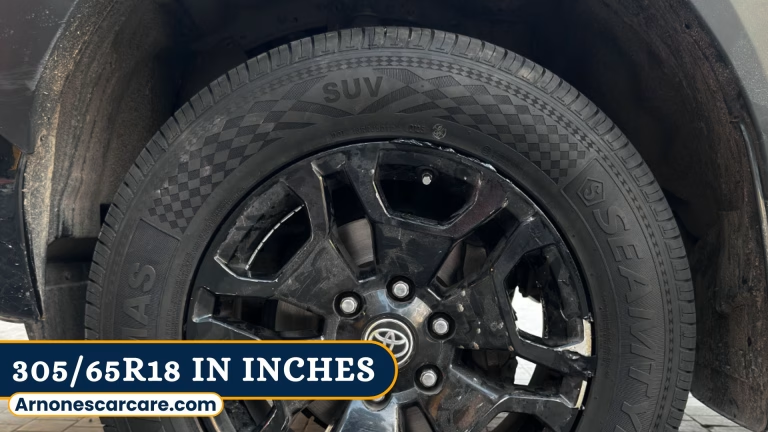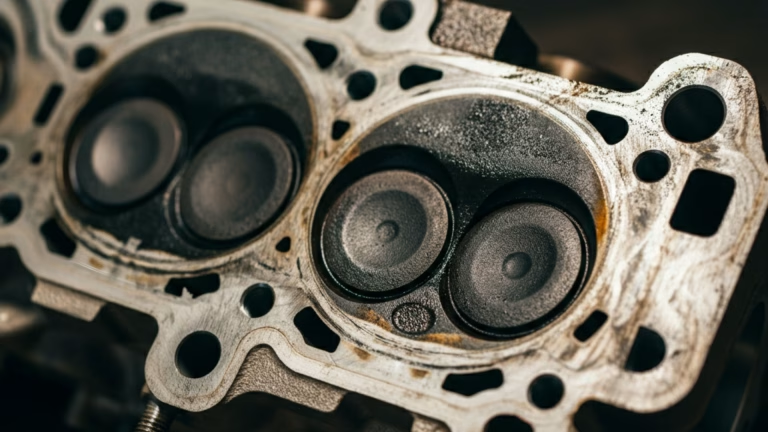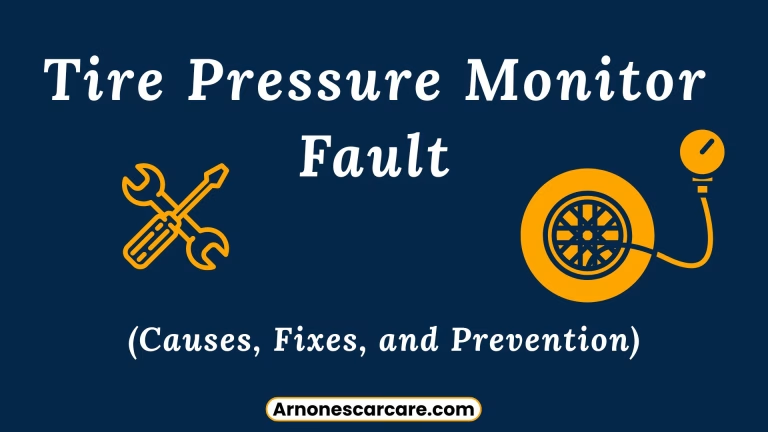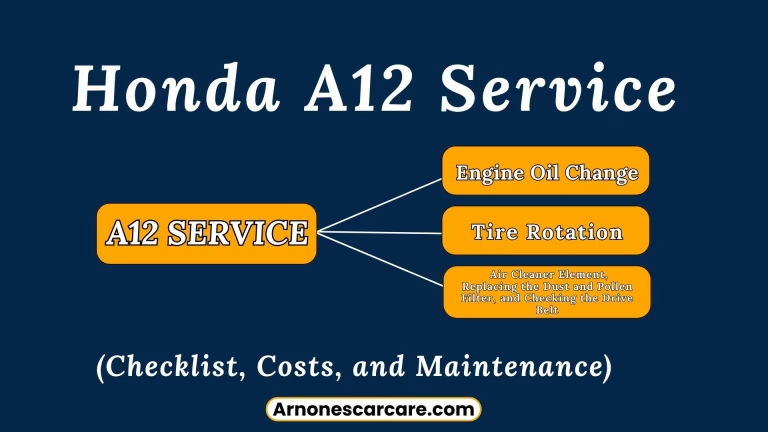
Timing Belt Role is often misunderstood, yet it’s one of the most critical parts of your engine. A failing timing belt can break without warning, leaving you with catastrophic engine damage and repair bills that reach thousands of dollars.
Whether you’re cruising on the highway or idling at a stoplight, the timing belt is working nonstop to keep your engine in sync. Replacing it on time isn’t just maintenance—it’s protection against breakdowns, costly repairs, and unnecessary stress.
Spoiler alert
It’s not pretty. Stick around to learn why replacing your timing belt on time can save you thousands of dollars and endless headaches.
What is a Timing Belt Role, and Why Is It Important?
Let’s start with the basics. The timing belt is a rubber belt reinforced with materials like Kevlar or fiberglass, and it has teeth that synchronize the rotation of your engine’s camshaft and crankshaft. This synchronization ensures that your engine’s valves open and close at exactly the right times during the combustion process. Without it, your engine would be completely out of sync, and trust me, that never ends well.

Most modern engines use timing belts because they’re quieter and lighter compared to timing chains. But here’s the catch: they’re also a wear-and-tear component, meaning they require replacement after a certain period, typically every 60,000 to 100,000 miles, depending on your car’s make and model.
Neglecting this can lead to catastrophic engine damage, especially in “interference engines,” where the valves and pistons occupy the same space at different times. If the timing belt breaks in an interference engine, the valves can slam into the pistons, resulting in bent valves, cracked cylinder heads, or worse. For non-interference engines, the damage is less dramatic but still leaves you stranded with a hefty repair bill.
Signs It’s Time to Replace Your Timing Belt
One question I get all the time is, “How do I know if my timing belt is about to fail?” The tricky thing is, timing belts don’t usually give clear warning signs before they fail. But there are a few hints to watch for:
- Ticking noises from the engine could mean the belt is loose.
- Engine misfires may indicate the belt has skipped a tooth on the gears.
- Oil leaks or Common Engine Problems in the timing belt cover area can soften the rubber, leading to premature wear.
- A loss of power or erratic idle may also point to timing issues.
Keep in mind that visual inspections can be challenging because timing belts are often hidden under protective covers. Still, if you’re at or near the manufacturer’s recommended mileage, don’t wait for symptoms.
Why Timely Replacement Makes a Difference?
Last month, a customer came in with a 2010 Honda Accord that had 140,000 miles on the original timing belt. The owner’s manual recommended replacement at 105,000 miles. Unfortunately, they waited too long, and the belt snapped while driving on the freeway.
It wasn’t just the timing belt we had to replace—we were also looking at valve damage and a ruined water pump. The total repair bill? Over $2,500. Compare that to the $800-$1,200 it would have cost for a proactive timing belt replacement, and you can see why timely maintenance is so important.
How Much Does It Cost?
The cost of replacing a timing belt varies depending on the car. Here’s a breakdown of typical expenses:
- Smaller cars (e.g., Honda Civics): $500-$800
- Mid-size SUVs (e.g., Toyota Highlander): $700-$1,200
- Luxury brands (e.g., Audi, BMW): $1,200-$1,500
While these numbers might seem steep, it’s nothing compared to the cost of repairing a damaged engine.

For example, I’ve had customers ask, “What happens if I just wait until it breaks?” Well, in an interference engine, repairs can run upwards of $4,000-$5,000, often exceeding the car’s value. And if you’re stranded when the belt snaps, add towing fees and a rental car to the mix. Engine stalling is another common issue that can arise from timing belt failure, leaving you in a tough spot.
Timing Belts vs. Timing Chains
Sometimes, I get questions like,
“Can’t I just upgrade to a timing chain?”
The short answer is no. Timing chains are engineered differently and require fully redesigned engine components. They last longer (often the lifetime of the engine), but they’re heavier, noisier, and more complex.
Modern cars are moving back toward timing chains in some cases, but for those with timing belts, proper care and maintenance are the most important things.
Visit a Trusted Kansas City Mechanic Today
Engine stalling and other car issues don’t have to derail your day. At Arnone’s Car Care, we specialize in dependable repairs and honest service. No matter the problem, our skilled team is ready to get you back behind the wheel quickly and safely.
Avoid the hassle of unexpected breakdowns—call us at (816) 471-8560 to schedule your appointment or swing by 1326 E 8th St in Kansas City. Schedule your visit now and see why local drivers trust us for all their car care needs!

